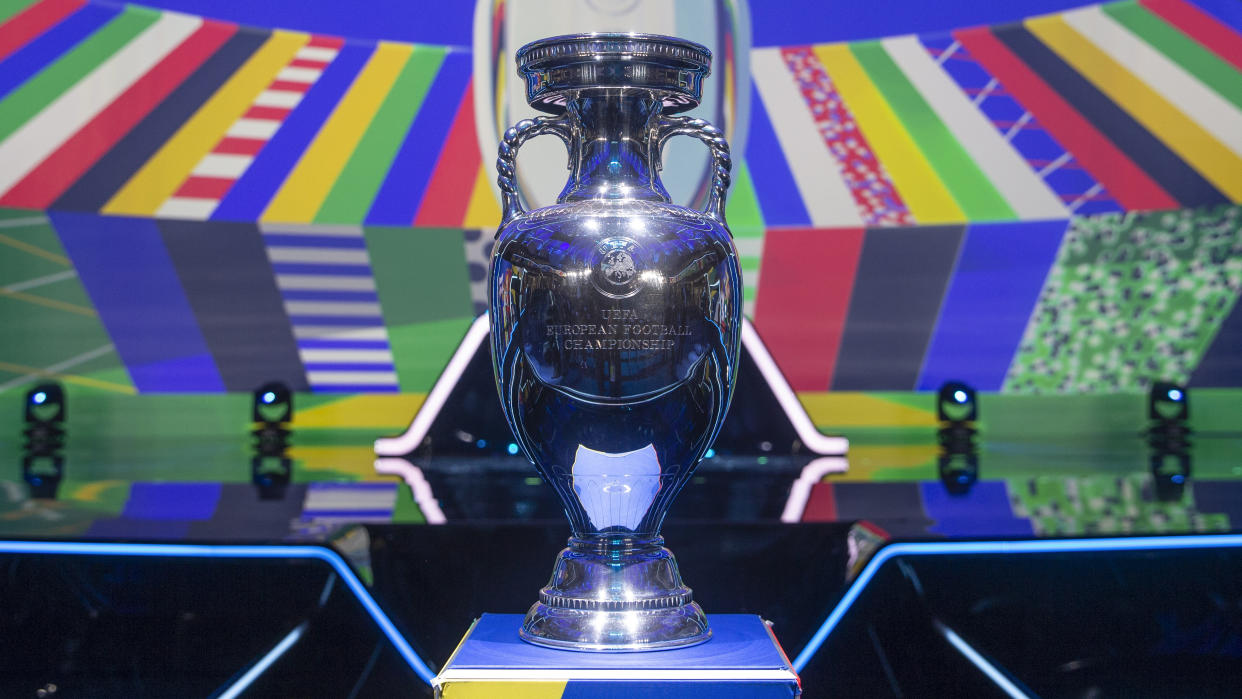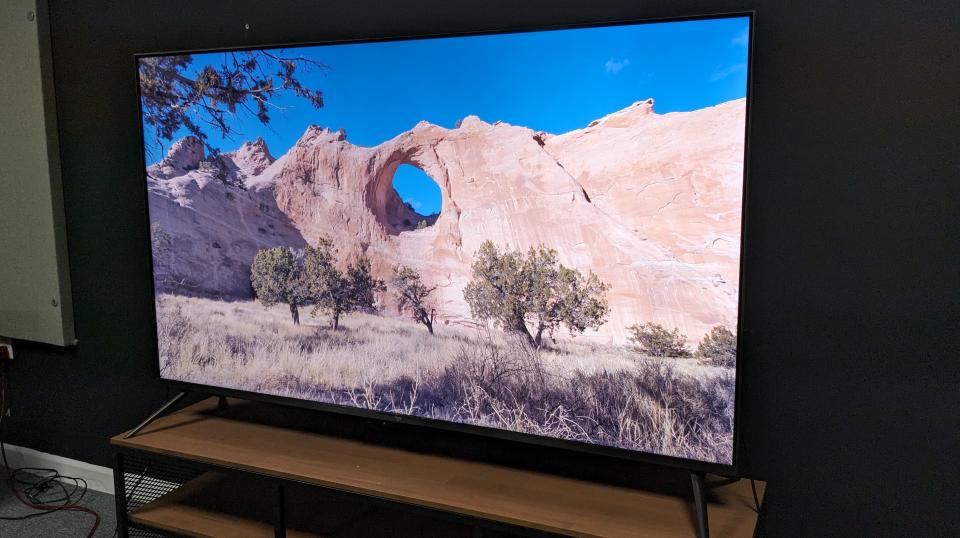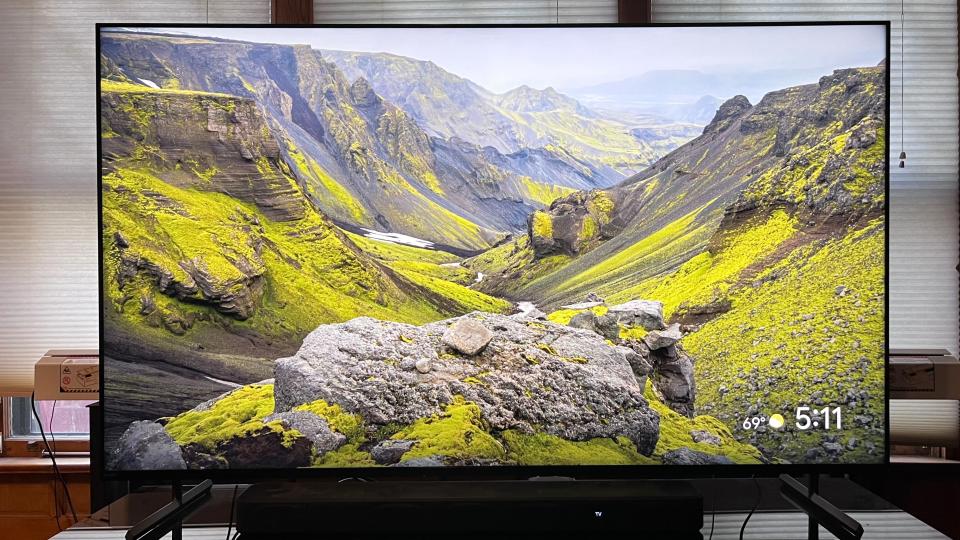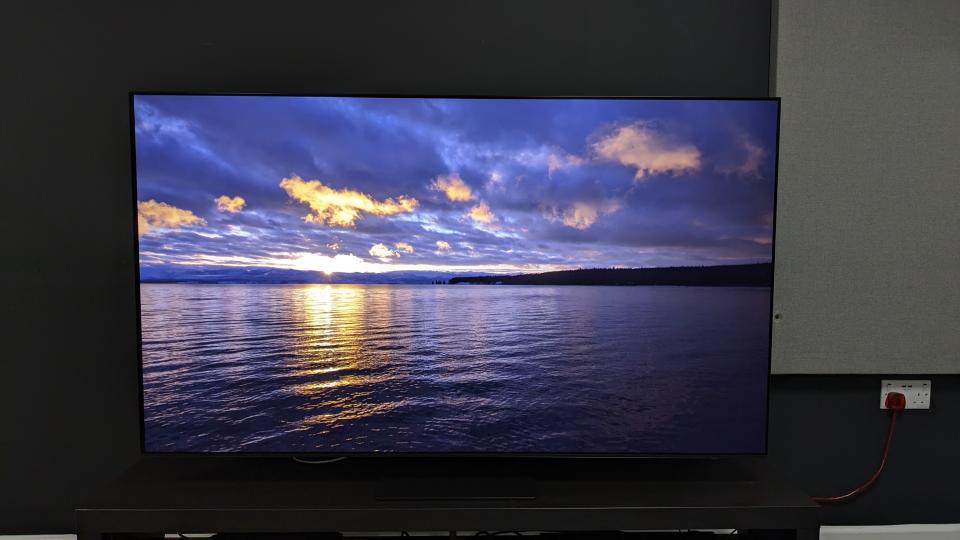Euro 2024: I review TVs for a living, and here are my top 3 4K TVs for all budgets

With Euro 2024 fast approaching, you may be looking at your TV and thinking maybe it’s time for an upgrade. But just what should you be looking for? When it comes to the best TVs for sport, there are several important things to consider, and I’m here to help.
First and foremost is motion handling. Football (soccer to US readers) games can be fast-paced and back-and-forth, especially with high stakes like the European title on the line. That means there could be plenty of quick cuts and panning shots from a multitude of cameras trying to catch every action, and you’ll need a TV with good motion processing to keep things looking solid.
Some TVs (generally premium sets) can handle fast-paced motion without the need for motion smoothing settings such as blur and judder reduction. Others may need help from those settings and can use them to their advantage. Either way, a TV’s motion handling is key for sport.
Another thing to consider is brightness. With so many teams competing in the Euros 2024 (24 to be precise) over just four weeks, a chunk of games will be on during the day. But daylight can result in pesky TV reflections. Mini-LED TVs from brands such as Sony, Samsung, Hisense and TCL have high brightness, which can limit these reflections, and some even come with anti-reflective screens.
Color is also important. A large portion of the picture at all times will be the green of the pitch, with some brightly colored kits on show as well (look up Belgium and Germany’s away kits for example) so your TV needs these bold, bright colors to look vibrant but natural at the same time. Any TV that can’t display the color green accurately is not worth watching!
I’ve picked out three TVs here to suit three different budgets. Some of these are also the best TVs available, and will thrive when it comes to catching the action of Euro 2024.
Amazon Fire TV Omni QLED

Starting with a budget option, the Amazon Fire TV Omni QLED ticks many boxes for sports viewing. It carries natural, punchy colors and even does a good job of motion handling (with a little help from its judder reduction setting).
The Amazon Fire TV Omni QLED’s full-screen brightness of 405 nits in Standard mode (full-screen brightness is an important benchmark that can reveal how a TV will handle screen reflections) is decent for a QLED model and it beats the majority of the best OLED TVs. No, it’s not the brightest TV and may suffer from some reflections here and there, but it gives you real bang for your buck.
The Omni QLED is available in sizes ranging from 43- to 75-inch (65-inch in the UK). A 65-inch at full price will set you back £999 //$799 / roughly AU$1099, but almost every Omni QLED model is on sale multiple times throughout the year, dropping to £679 / $549 at its lowest-ever price. For sports fans on a budget, the Omni QLED is a no-brainer.
Sony X90L

The Sony X90L is a mid-range LED TV that performs like a much more premium TV, with excellent upscaling and motion processing that will work wonders for sport. Sony LED TVs generally have superb image detail and bright colors, and the X90L is no exception. The X90L’s peak full-screen brightness measures 645 nits (in Filmmaker Mode), which is impressive for a standard LED TV and perfect for limiting distracting reflections.
A 65-inch X90L at full price will cost £1,699 / $1,399/ AU$2,795, which isn’t cheap for an LED TV. Thankfully, this 2023 TV has seen some big reductions and you’ll now be paying £1,199 / $1,199 / AU$2,065 at the lowest sale price.
The Sony X90L is not our top recommendation for the best mid-range TV. That title goes to the Hisense U8K, a brighter and more budget-friendly mini-LED option, with a 65-inch model costing roughly £1,199 / $899 / AU$1,798, though we’ve seen it even lower than that during Prime Day and Black Friday. But when it comes to sport, we recommend the X90L over the U8K thanks to its superior motion handling and color accuracy.
Samsung S95D

There’s no way around it – the Samsung S95D is a premium TV option. This QD-OLED model has outstanding picture quality, with impeccable detail, stunning colors, rich contrast, and excellent motion handling.
But what really makes the Samsung S95D ideal for the Euros is its OLED Glare Free anti-reflection tech. Because OLED TVs prioritise deep blacks and contrast over brightness, they can suffer badly from reflections. The S95D’s OLED Glare Free tech is so effective, however, that reflections are all but eliminated even in the harshest of lighting conditions.
As this TV was released only a couple of months ago and is Samsung’s flagship OLED, it carries a premium price tag. A 65-inch version will cost you around £3,399 / $3,399 / AU$4,995, although we have seen discounts in the region of 10% already. You may have to stretch the budget for this one, but if you can do that, it’ll be worth it.


